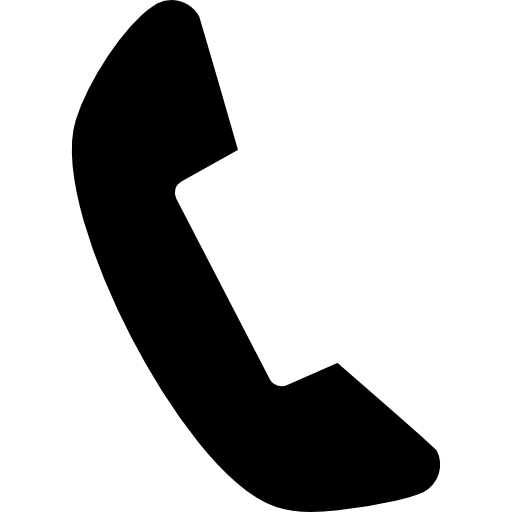Precise Evaluation: Observation Checklists for Skill Assessments

When you are trying to see if someone is actually good at what they claim, there is no better way than watching them in action. That is where observation checklists come in. Whether you are managing a team, hiring new staff, or helping someone build their career, you need tools that cut through guesswork.
At RefHub, we believe in clear, fair, and practical ways to assess skills. Observation checklists let you focus on what matters—how someone performs in real situations. They bring structure to what can otherwise be a messy process.
What Is an Observation Checklist?
Think of it like a shopping list, but for performance. Instead of remembering what vegetables you need, you are watching for specific actions, behaviours, or outcomes during a skill demonstration.
An observation checklist is a written list of tasks, behaviours, or criteria that a person should demonstrate during a job-related activity. You watch them carry out a task and tick items off based on what you see. No guesswork, no “I feel like they did well”—just plain, visible evidence.
Why Use Observation Checklists?
Let us be honest. Interviews are good at many things, but they often miss how someone actually works. On the other hand, direct observation shows you real-time performance. It is like watching someone cook a meal instead of just reading their recipe.
Observation checklists bring:
- Clarity: You know what to look for.
- Consistency: Everyone is judged on the same points.
- Fairness: Reduces personal bias.
- Structure: Helps avoid missing key performance indicators.
- Evidence: You have a documented record of what was observed.
Where Do Observation Checklists Work Best?
These checklists are not just for apprentices or new graduates. You can use them almost anywhere people are asked to perform hands-on tasks.
Some examples include:
- Warehousing and logistics – lifting techniques, safety procedures, use of equipment.
- Healthcare – infection control, patient handling, record keeping.
- Retail – customer service, point-of-sale accuracy, inventory management.
- Trades – tool use, safety checks, installation steps.
- Education and training – class delivery, learner engagement, assessment marking.
Whether you are running a hair salon or a forklift depot, watching people work and scoring them against a checklist works.
What Makes a Good Observation Checklist?
Writing a checklist is not just scribbling tasks down. A well-structured checklist:
- Focuses on observable actions – things you can see, not guess.
- Has clear performance criteria – “followed hand hygiene steps correctly” is better than “was safe.”
- Is specific to the role – no one wants to be judged on skills they were never trained in.
- Uses a rating scale or binary tick boxes – depending on the complexity of the task.
- Has space for comments – sometimes you need to explain why you ticked (or did not tick) an item.
Keep it clean, to the point, and free of jargon. If the checklist reads like a government policy, no one is going to use it.
Building the Checklist: Step by Step
Here is a simple recipe for writing an effective observation checklist:
1. Identify the Skill to be Assessed
You need to know exactly what you are observing. Is it customer service? Machine operation? First aid?
2. Break the Skill Down into Tasks
Think small. For example, “Conducts CPR” could break down into:
- Checks for breathing.
- Calls emergency services.
- Performs chest compressions.
3. Define Clear, Observable Behaviours
Avoid vague words like “knows” or “understands.” You want:
- “Follows correct handwashing technique.”
- “Uses personal protective equipment correctly.”
- “Gives clear instructions to customers.”
4. Choose a Scoring System
You can go simple:
- Yes / No
Or a scale: - 1 = Not observed
- 2 = Partially observed
- 3 = Fully demonstrated
Just make sure it is easy to use and fits the task.
5. Test It in the Field
Try it with a few colleagues or team members. Watch them in action and see if your checklist works. Adjust where needed.
Common Mistakes to Avoid
- Overloading the list – If it looks like a tax return, no one will finish it.
- Judging unobservable traits – “Team player” is great, but unless it is clearly shown through action, leave it out.
- Using complex language – Keep it readable. Think of the person who has to use it quickly on a factory floor.
- Ignoring feedback – Talk to those using the checklist and make changes.
Why It Matters for Hiring and Performance Reviews
In recruitment, checklists help separate candidates who say they can do the job from those who can show it. It works hand-in-hand with structured interviews and testing.
In ongoing staff evaluations, they help with training plans. If someone is missing a few ticks, you know exactly what training to give. No more guessing or general advice like “do better next time.”
For Australian businesses, especially those working under health and safety laws, the written proof of observed performance can also support compliance.
Using Checklists with RefHub
RefHub supports skill assessments through tools that make it easier to evaluate people based on what they do, not just what they say. You can build your own checklists or use RefHub templates built to Australian standards.
If you want to see how observation checklists fit into a wider assessment process, visit our Skill Assessments page. You will find more information on tools, frameworks, and setup support.
Getting Others on Board
Some managers might roll their eyes at “another form,” but once they use a checklist and see the difference, they are often sold. Make it part of your process. Train observers. Keep it consistent.
And let us not forget the employees or job seekers. If people know what is expected—and how they will be judged—it reduces anxiety. It also gives them a fair go.
If you are ready to put skill to the test—with structure, fairness, and clarity—start using observation checklists today. Visit RefHub’s Skill Assessment page to learn more or get help building your first checklist.
Whether you are hiring, training, or reviewing, RefHub is here to support your people decisions.




